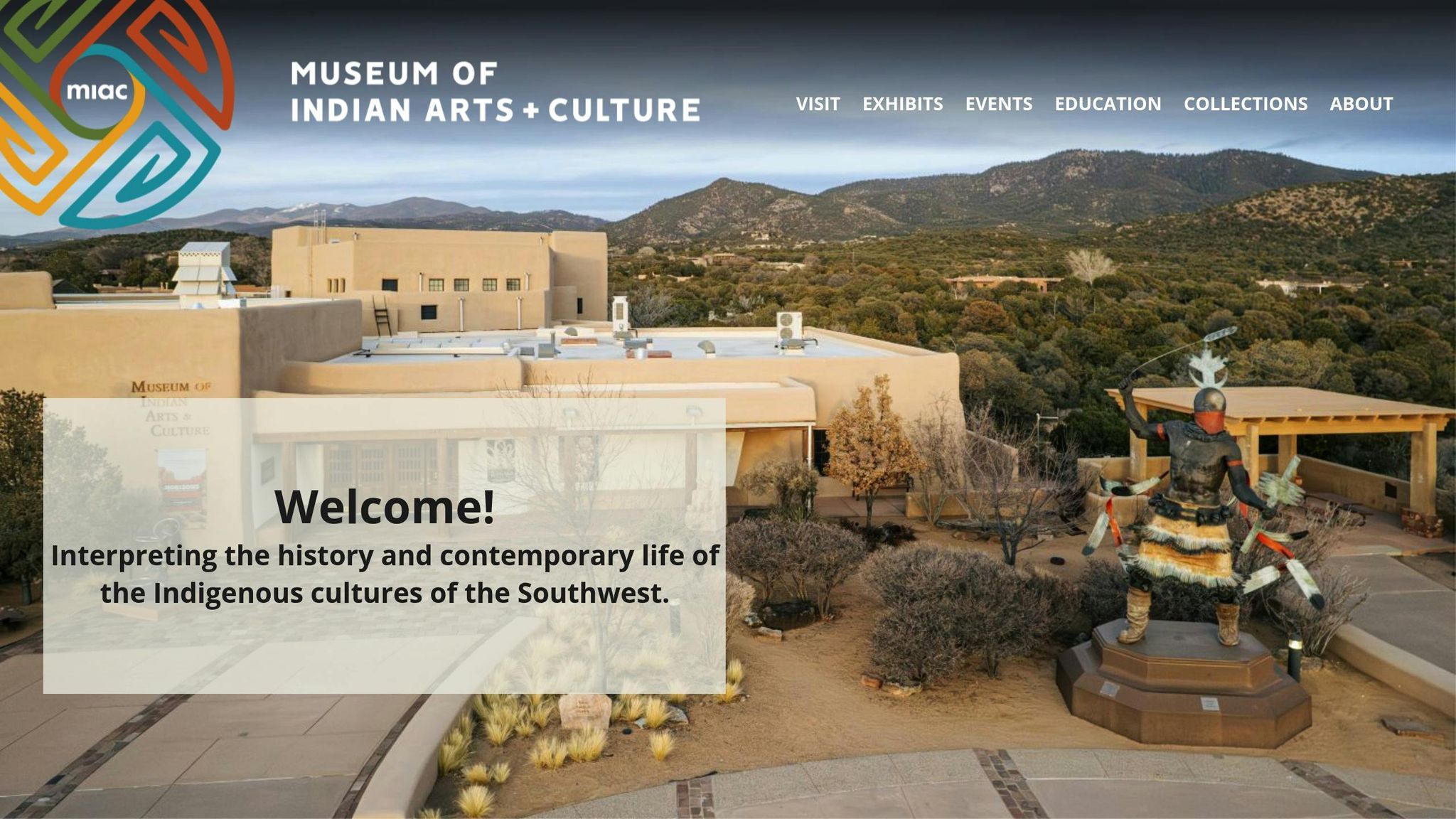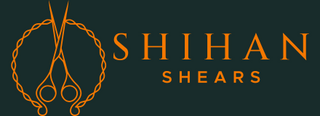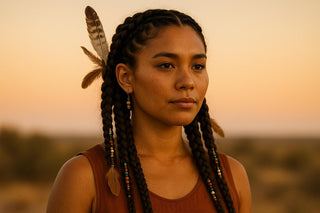Indigenous hairstyles are shaping modern beauty trends by blending heritage with contemporary fashion. These styles, rooted in centuries of history, serve as symbols of identity, spirituality, and community. From African braiding techniques to Native American knots, these practices are now celebrated on runways and in salons worldwide. For hairstylists, learning the origins and techniques behind these styles offers a chance to connect deeply with clients while mastering advanced skills.
Key Points:
- Hairstyles in indigenous communities often signify age, social status, or spiritual beliefs.
- Protective styles like cornrows and box braids originated as practical solutions for hair health.
- Colonization disrupted these traditions, but communities preserved them through generations.
- Modern hairstyling draws heavily from these techniques, blending artistry with functionality.
- Stylists can benefit from understanding these practices, using high-quality tools, and pursuing specialized training.
Native Portraits: Native Hairstyles at MIAC

Historical Background: Indigenous Hairstyles as Identity Markers
For generations, indigenous hairstyles have been more than just a form of self-expression - they’ve served as powerful symbols of identity, social standing, and spiritual connection. These styles carried deep meaning, acting as a kind of visual language that strengthened community ties and underscored individual roles within those communities. Understanding this rich history offers insight into how these traditions continue to shape modern hairstyling trends.
Early Practices and Their Meanings
In many indigenous communities, hairstyles were carefully crafted to reflect key aspects of life. They marked important milestones like coming-of-age ceremonies, communicated social rank, and highlighted roles in sacred rituals. These styles weren’t just aesthetic choices - they were deeply rooted in heritage and tradition, preserving stories and values across generations.
Effects of Colonization and How Communities Preserved Traditions
Colonization brought significant challenges to these hairstyling traditions, often disrupting or suppressing them. Despite this, indigenous communities found ways to adapt and hold onto their practices. Techniques and meanings were passed down through families and shared within tight-knit groups, ensuring that these hairstyles remained a vital link to their cultural roots, even in the face of adversity.
Modern Impact: Indigenous Hairstyles in Today's Fashion
Indigenous hairstyling practices have found their way into modern aesthetics, blending age-old techniques with deeper cultural meaning. This revival draws from historical traditions that once signified identity, status, and belonging.
The Revival of Traditional Techniques
Styles like intricate braiding are making a strong comeback in today’s fashion scene. These techniques, rooted in centuries of tradition, go beyond aesthetics - they’re expressions of spiritual ties and cultural identity, cherished for generations within indigenous communities.
Indigenous Influence on Modern Fashion
As traditional methods gain renewed attention, the fashion world is increasingly celebrating indigenous artistry. From runways to global events, there’s a growing recognition of the cultural depth behind these hairstyles. By spotlighting these styles, the industry not only honors their origins but also enriches the dialogue around heritage and identity. For stylists, this trend offers an opportunity to provide more meaningful experiences by understanding and respecting the stories these hairstyles carry.
Honoring the Roots of Indigenous Styles
Hair holds deep sacred significance in many indigenous cultures. Stylists and enthusiasts alike should take the time to educate themselves, seek guidance from cultural experts, and approach these styles with respect, ensuring their origins are honored rather than appropriated.
sbb-itb-a50b05d
Professional Methods: Tools and Skills for Indigenous-Inspired Styling
To authentically recreate indigenous-inspired hairstyles, professionals need to hone specific skills and use the right tools. These intricate styles demand precision, attention to detail, and a deep respect for their cultural significance. Mastering these methods ensures both technical excellence and a thoughtful approach to honoring their origins.
Essential Skills
- Learn advanced braiding techniques such as Dutch, French, fishtail, and cornrows to craft detailed, scalp-hugging designs.
- Focus on precise sectioning and adapt methods to suit different hair textures, ensuring balanced and long-lasting styles.
- Incorporate beads and other accessories with care, paying attention to spacing and secure placement for a polished finish.
These techniques are not just about aesthetics - they reflect the cultural depth and meaning behind these styles.
Why Quality Tools Matter
Creating indigenous-inspired looks often requires tools that can handle intricate work over extended periods. Standard equipment may fall short when it comes to delivering the precision these styles demand.
Invest in professional-grade tools like Shihan Shears, known for their ergonomic design and long-lasting sharpness. Ergonomic tools reduce hand fatigue, allowing for steady control during detailed work. Thinning shears are particularly useful for blending and texturizing hair, helping to maintain natural movement while ensuring smooth transitions between sections. High-quality tools not only enhance the final look but also support stylists in achieving the authentic details that these styles deserve. The lifetime warranty on tools like these emphasizes their value as a long-term investment in professional excellence.
Training and Certification Options
Stylists looking to refine their craft can benefit from specialized courses and workshops that combine technical training with cultural awareness. Many beauty institutes and professional organizations now offer opportunities to learn through in-person master classes, hands-on sessions, or online programs. Ongoing education allows stylists to stay current with new techniques while deepening their understanding of the cultural heritage behind these styles.
Conclusion: Honoring the Impact of Indigenous Hairstyles
Indigenous hairstyles have left a lasting mark on global beauty trends, influencing everything from high-fashion runways to everyday salon styles. This artistry, deeply rooted in cultural traditions, calls for hairstylists to approach their craft with respect, skill, and a commitment to excellence.
Key Takeaways for Hairstylists
Each braid, twist, or accessory carries a story and cultural significance, turning a hairstylist’s work into more than just a technical task - it becomes a form of thoughtful expression. To achieve the precision and detail these styles deserve, high-quality tools, like Shihan Shears' ergonomic, professional-grade shears, are indispensable.
Beyond tools, investing in both cultural understanding and technical expertise is essential. Stylists who combine mastery of their craft with cultural sensitivity not only enhance client satisfaction but also contribute to the beauty industry's growth. This blend of respect, skill, and quality tools lays the groundwork for future trends shaped by diverse influences.
The Future of Indigenous Influence
As indigenous techniques continue to shape the beauty industry, platforms like social media amplify the demand for authentic, culturally significant styles. This trend presents a unique opportunity for stylists who grasp both the technical intricacies and the cultural heritage behind these hairstyles.
In a world where clients increasingly value the meaning and craftsmanship behind their chosen styles, professional growth in this area is more important than ever. By embracing respect, honing skills, and using the right tools, stylists can position themselves for enduring success in a dynamic and evolving beauty landscape.
FAQs
How have indigenous hairstyles shaped modern fashion trends and what do they represent culturally?
Indigenous hairstyles have left a lasting mark on modern fashion, sparking trends such as intricate braids, shaved designs, and beautifully adorned hair. These styles don’t just showcase artistry - they carry with them a legacy of cultural significance that blends seamlessly into today’s creative expressions.
More than just a fashion statement, these hairstyles are deeply symbolic. They can represent identity, social rank, spiritual beliefs, or connections to a specific tribe. Each style tells a story, serving as a bold expression of individuality and heritage. By incorporating these elements, modern fashion not only highlights innovation but also pays tribute to the rich traditions and history they stem from.
What skills and tools do hairstylists need to recreate indigenous-inspired hairstyles authentically?
To genuinely recreate hairstyles inspired by indigenous traditions, hairstylists need to prioritize learning traditional braiding techniques while also understanding the cultural and spiritual importance tied to these styles. This isn't just about the look - it's about respecting the deeper meaning behind the designs.
Equally important is using the right tools. Essentials like braid aids, heated styling tools, and high-quality cutting shears specifically made for textured hair can make all the difference in achieving authentic and respectful results.
By grasping the history and significance of these hairstyles, stylists can approach their work with care and respect, ensuring they honor the culture rather than misappropriate it.
Why should hairstylists learn about the cultural significance of indigenous hairstyles, and how can they approach them respectfully?
Hairstylists should be aware of the deeper meanings tied to indigenous hairstyles, as these styles often reflect spiritual, historical, and cultural significance. By understanding their origins, stylists can help protect these traditions and ensure their work respects, rather than misrepresents or exploits, these rich legacies.
Here are a few ways hairstylists can approach indigenous hairstyles with care:
- Learn the history and significance: Take the time to understand the cultural and spiritual meanings behind these hairstyles.
- Communicate openly with clients: When working with individuals who wear these styles, seek their consent and engage in meaningful conversations to ensure their traditions are respected.
- Engage with indigenous communities: Building authentic relationships with these communities can provide deeper insights into their hairstyling traditions.
By adopting this mindful approach, hairstylists not only demonstrate respect but also honor the artistry and heritage embedded in these styles.

